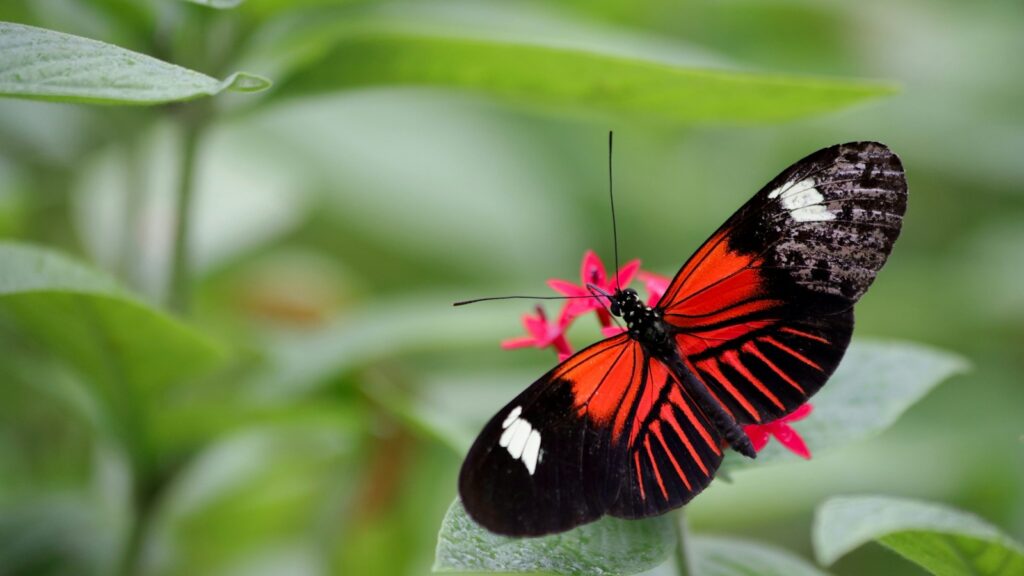
In the intricate web of nature, certain species serve as living barometers of environmental health. Among these ecological indicators, butterflies stand out as particularly sensitive and informative messengers. With their delicate wings and complex life cycles, these beloved insects offer scientists and conservationists a window into the overall well-being of our natural world. Butterflies respond quickly to even subtle environmental changes, making them invaluable early warning systems for ecosystem disturbances. Their presence—or absence—can reveal critical insights about habitat quality, climate stability, and biodiversity that might otherwise remain hidden from human observation. This article explores why butterflies have become essential indicators of ecosystem health and what their changing populations tell us about our planet’s condition.
The Butterfly as a Bioindicator: What Makes Them Special
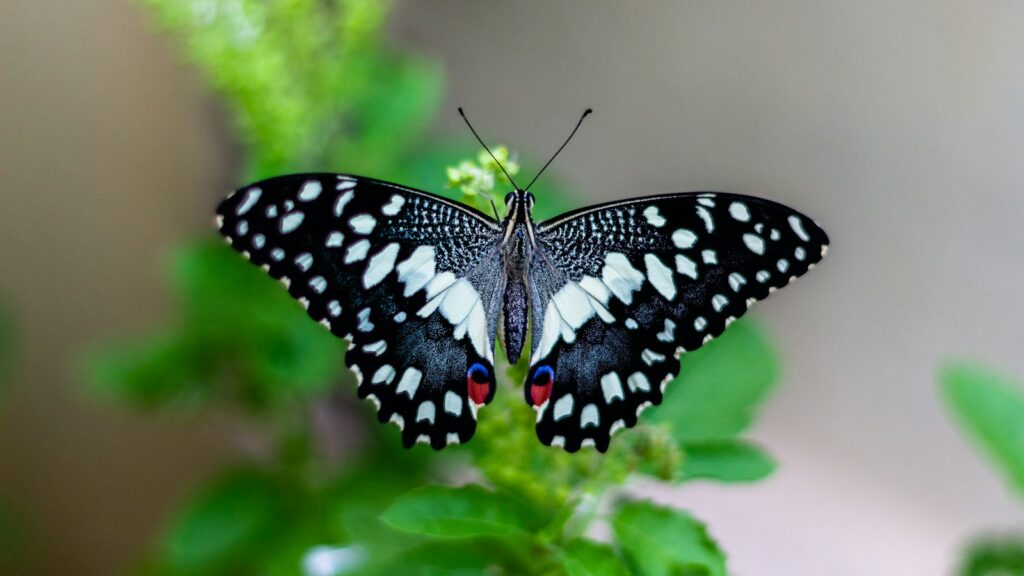
Butterflies possess unique biological characteristics that make them exceptionally useful as ecological indicators. Their short life cycles allow researchers to observe population changes relatively quickly, providing real-time data about environmental conditions. Additionally, butterflies are highly sensitive to temperature fluctuations, habitat fragmentation, pollution levels, and changes in plant communities—all factors that may take longer to visibly affect other species. Their specialized relationships with specific host plants mean they cannot simply adapt to new conditions by changing their diet or habitat preferences. Most butterfly species are also relatively easy to identify and monitor, making them practical subjects for both professional researchers and citizen scientists. This combination of sensitivity, specificity, and observability creates an ideal ecological monitoring system that responds rapidly to environmental changes.
Butterfly Diversity as a Measure of Biodiversity
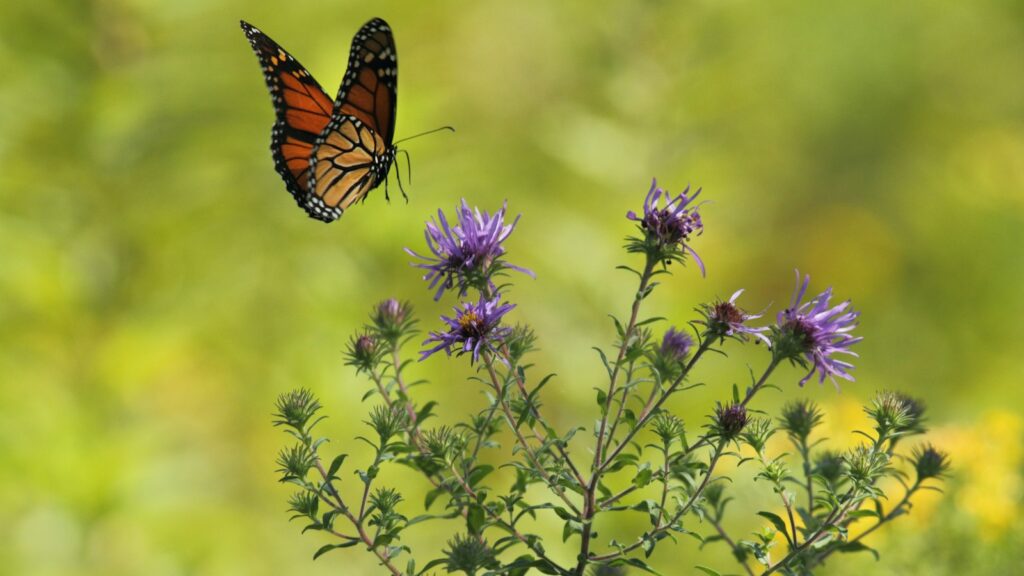
The presence of diverse butterfly species in an ecosystem strongly correlates with overall biodiversity levels. Research consistently shows that areas rich in butterfly species typically support abundant plant diversity and host numerous other insect and animal species. This connection exists because butterflies require specific habitat conditions and food plants at different life stages, meaning a diverse butterfly population indicates a complex and functioning ecosystem. Each butterfly species occupies a particular ecological niche, with requirements for specific nectar sources, host plants, microclimates, and spatial arrangements. Scientists often use butterfly surveys as cost-effective proxies for measuring broader biodiversity, as monitoring multiple butterfly species can provide insights into the health of entire ecological communities. The diversity of butterfly feeding guilds—from specialists dependent on a single plant species to generalists able to utilize multiple food sources—offers valuable information about the robustness of plant-pollinator networks.
Caterpillar Host Plant Relationships: Ecological Specialization

The highly specialized relationships between butterfly caterpillars and their host plants create sensitive indicators of ecological integrity. Many butterfly species have evolved to lay eggs exclusively on specific plant species, with caterpillars that can only develop on these particular hosts—a specialization that makes them vulnerable to changes in plant communities. For example, the iconic monarch butterfly depends entirely on milkweed plants for reproduction, while the Karner blue butterfly requires wild lupine to complete its life cycle. These strict dependencies mean that the disappearance of a butterfly species often signals the decline of its host plant and the disruption of specific ecological relationships. Such specialization also means butterflies cannot easily adapt to sudden environmental changes, making their presence a reliable indicator of ecological continuity and stability. By monitoring butterfly populations, scientists can effectively track the health of plant communities without having to survey every plant species individually.
Climate Change Indicators: Butterflies on the Move
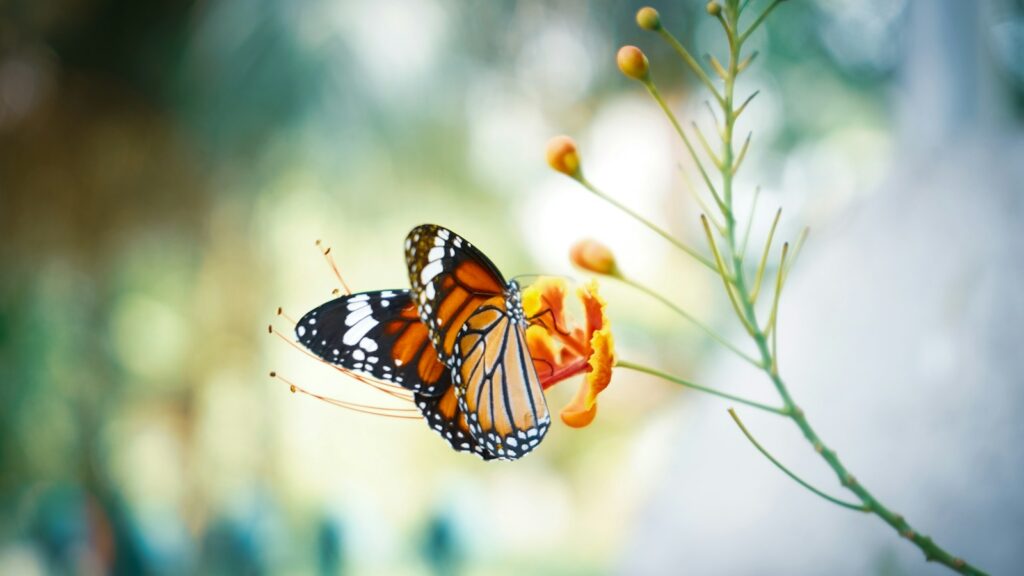
Butterflies have emerged as some of the most responsive indicators of climate change impacts on natural systems. Their temperature-dependent development, activity patterns, and geographic distributions make them highly sensitive to shifting climate conditions. Researchers have documented significant northward range shifts in numerous butterfly species as they track suitable climate conditions, with some European and North American species expanding their ranges by over 200 kilometers in recent decades. Changes in emergence timing also reveal climate impacts, with many species now appearing earlier in spring than historical records indicate. The mountain-dwelling Edith’s checkerspot butterfly provides a dramatic example, having disappeared from lower elevations throughout its range as temperatures have increased. These documented responses to temperature changes often precede similar movements in other species groups, making butterflies valuable early warning indicators of broader ecological shifts driven by climate change.
Butterfly Population Trends as Environmental Health Metrics
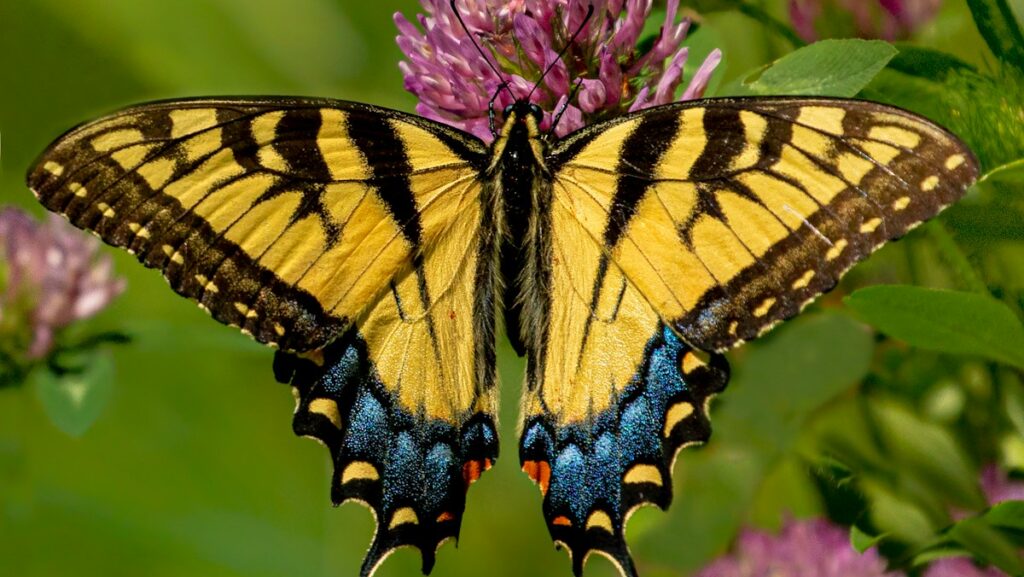
Long-term monitoring of butterfly populations provides valuable metrics for assessing environmental health over time. Programs like the UK Butterfly Monitoring Scheme, which has collected data since 1976, and the North American Butterfly Association’s annual counts offer critical insights into population trends across landscapes. These consistent monitoring efforts have revealed concerning declines in many butterfly species, with some European countries reporting losses of over 75% in total butterfly abundance since the 1990s. Population crashes often precede declines in less sensitive species, serving as early warnings of deteriorating environmental conditions. Importantly, these monitoring programs also capture positive population responses to conservation efforts, providing evidence for successful management interventions. The detailed population data allows scientists to distinguish between normal fluctuations and significant trends, creating a nuanced picture of environmental change that helps prioritize conservation efforts and evaluate ecosystem management strategies.
Habitat Fragmentation: Butterflies as Landscape Connectivity Indicators
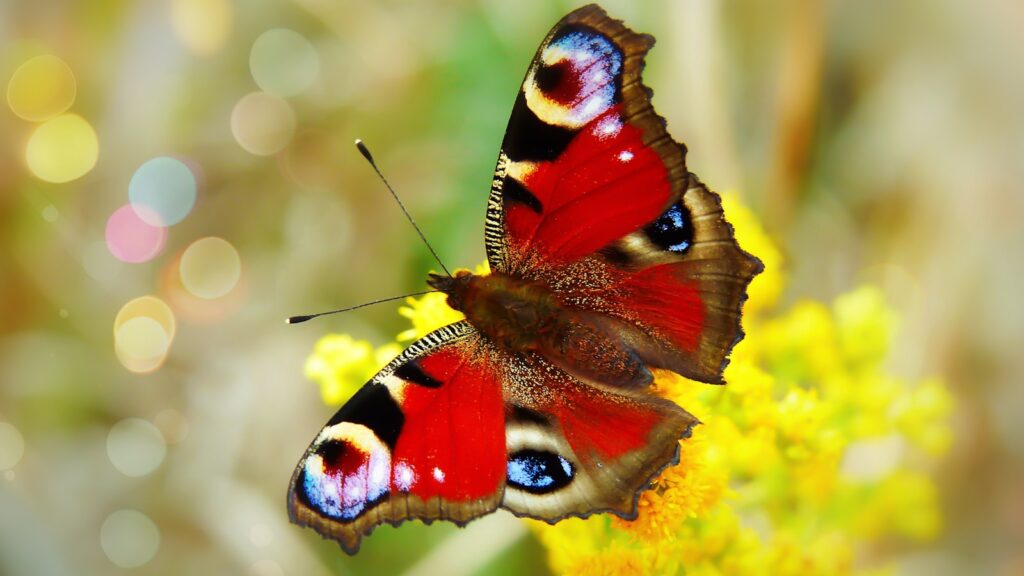
Butterflies serve as excellent indicators of landscape connectivity and the impacts of habitat fragmentation. Many species require different habitat types throughout their life cycles or seasonal movements, making them sensitive to disruptions in landscape continuity. Species with limited dispersal abilities often disappear from isolated habitat patches, even when suitable plants remain present, revealing problems with habitat connectivity before other impacts become apparent. Research on butterflies has demonstrated that even seemingly minor landscape changes, such as the removal of hedgerows or small woodland patches, can significantly disrupt movement patterns and gene flow between populations. Conservation biologists use butterfly presence and movement patterns to identify critical wildlife corridors and evaluate the effectiveness of landscape connectivity initiatives. Some butterflies, like the eastern North American monarch, undertake multi-generational migrations that span thousands of miles, making them particularly valuable indicators of large-scale connectivity issues across multiple ecosystems and political boundaries.
The Pollination Connection: Butterflies in Ecosystem Services
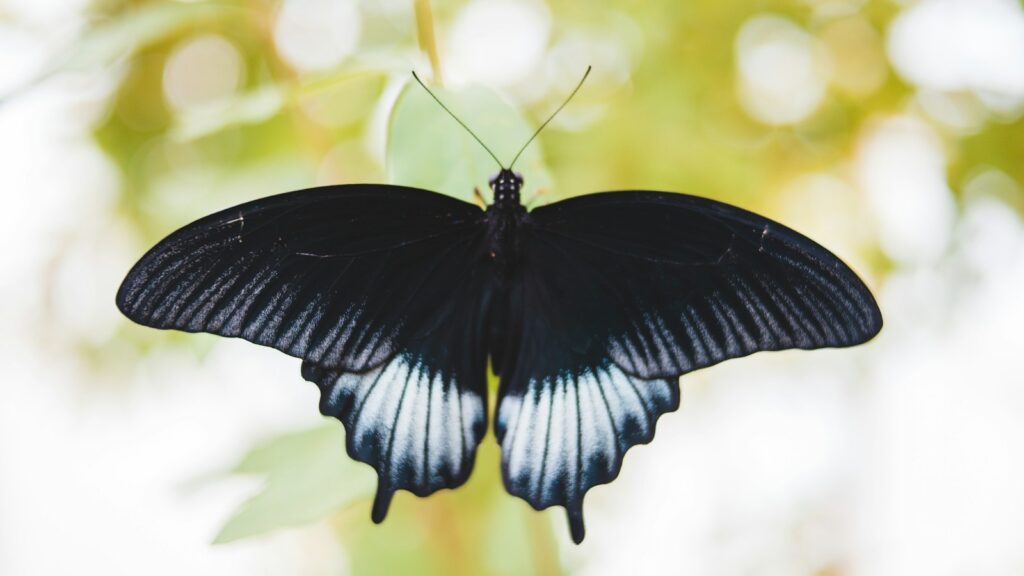
While butterflies contribute less to pollination than bees, their role as pollinators highlights another dimension of their value as ecosystem health indicators. Adult butterflies visit a wide range of flowering plants for nectar, transferring pollen in the process and contributing to plant reproduction. Their decline often coincides with broader issues affecting other pollinator groups, signaling disruptions to essential ecosystem services. Some plant species have evolved specific adaptations for butterfly pollination, including long, tubular flowers that match butterfly proboscis length and landing platforms suited to butterfly feeding behavior. The presence of diverse butterfly species indicates the availability of nectar resources throughout the growing season, benefiting many other nectar-dependent organisms. Changes in butterfly communities can therefore reveal shifts in flowering plant phenology, resource availability, and pollination network resilience—all critical aspects of ecosystem functioning that support both wild plant communities and agricultural systems.
Urban Butterfly Communities: Measuring City Ecosystem Health

Butterflies have become particularly valuable indicators in urban environments, where they help measure the ecological value of parks, gardens, and green infrastructure. Urban butterfly communities respond quickly to changes in management practices, such as reduced mowing, native plant installations, or pesticide use, providing rapid feedback on conservation interventions. Studies comparing butterfly diversity across urban gradients reveal how landscape design, plant selection, and management intensity affect habitat quality. Citizen science programs focusing on urban butterflies, like the Urban Butterfly Count, engage residents in monitoring while generating valuable data on how different urban planning approaches support biodiversity. Even small urban spaces can support surprising butterfly diversity when properly managed, making butterflies excellent indicators for evaluating the cumulative impact of small-scale conservation efforts across metropolitan areas. The visible presence of butterflies in cities also serves as an important connection point between urban residents and nature, fostering environmental awareness and support for broader conservation initiatives.
Chemical Pollution Sensitivity: Butterflies as Toxicity Monitors

The high sensitivity of butterflies to chemical contaminants makes them effective indicators of pollution impacts on ecosystems. Both the larval and adult stages can be affected by pesticides, herbicides, air pollutants, and other chemical stressors, often at concentrations that don’t immediately impact larger or less sensitive organisms. Laboratory and field studies have demonstrated that even sublethal exposure to common agricultural chemicals can disrupt butterfly development, reproduction, navigation, and immune function. Butterfly eggs and caterpillars are particularly vulnerable to contact pesticides and systemic insecticides that concentrate in plant tissues. Historical butterfly population crashes following DDT use provided some of the earliest warnings about the ecological impacts of persistent organic pollutants. Today, the absence of butterflies in otherwise suitable habitats often prompts investigation into potential chemical contamination issues that might affect the broader ecosystem. This sensitivity makes butterflies valuable subjects for biomonitoring programs assessing the ecological impacts of both legacy contaminants and emerging chemical threats.
Conservation Success Stories: Butterflies as Recovery Indicators

Some of conservation’s most encouraging success stories feature butterflies as indicators of ecosystem recovery. The large blue butterfly in the United Kingdom provides a compelling example, having been successfully reintroduced after extinction through careful habitat restoration that addressed the complex ecological relationships between the butterfly, specific host plants, and symbiotic ant species. In the United States, the recovery of the Karner blue butterfly demonstrates how landscape-scale conservation efforts targeting a single species can benefit entire ecosystems. Butterfly responses to restoration efforts are typically rapid, providing early confirmation that interventions are working before changes in other species become apparent. These success stories offer valuable lessons about effective restoration techniques, appropriate management regimes, and the importance of understanding species’ ecological requirements. Perhaps most importantly, the visible recovery of charismatic butterfly species helps build public support for broader conservation efforts, demonstrating that thoughtful interventions can reverse biodiversity loss even in highly degraded landscapes.
Butterfly Monitoring Techniques: Science and Citizen Participation

The development of standardized butterfly monitoring techniques has revolutionized our ability to use these insects as ecosystem health indicators. Methods range from professional scientific transects with strict protocols to accessible citizen science approaches that engage thousands of volunteers. The Pollard Walk technique, where observers count butterflies along fixed routes under specific weather conditions, has become a global standard that generates comparable data across regions and years. Advanced technologies including environmental DNA sampling, automated camera systems, and mobile identification apps have expanded monitoring capabilities and accuracy. Many monitoring programs incorporate mark-recapture studies to estimate population sizes and track individual movements across landscapes. The combination of professional and citizen scientist data creates powerful monitoring networks operating at multiple scales, from intensive local studies to continental trend analyses. This collaborative approach has generated some of ecology’s most comprehensive long-term datasets, enabling scientists to distinguish between local fluctuations and true environmental change signals.
Global Conservation Status: What Butterfly Declines Tell Us
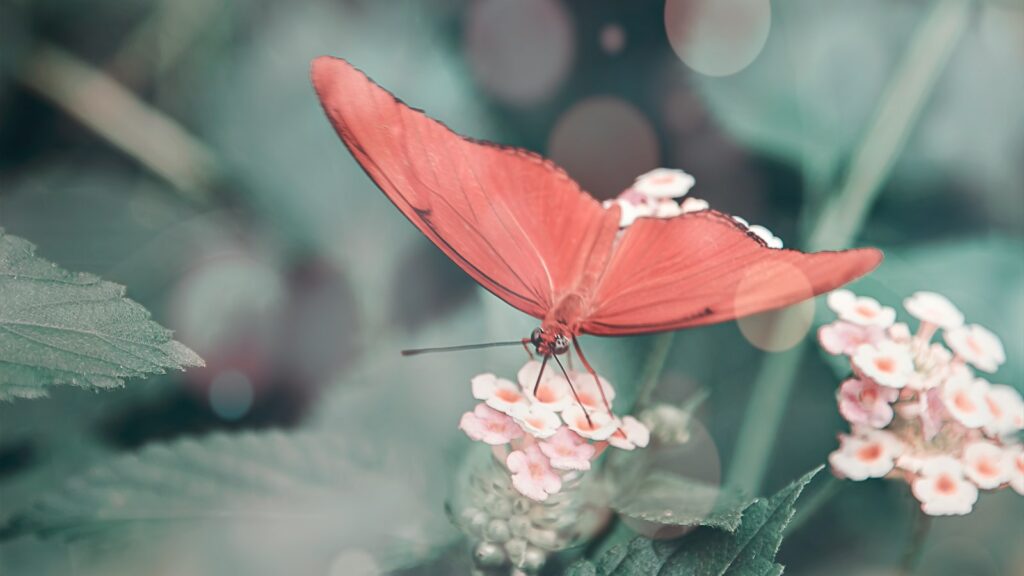
The global conservation status of butterflies paints a concerning picture of widespread ecosystem degradation. According to the International Union for Conservation of Nature, nearly 16% of assessed butterfly species face extinction risk, with particularly high threat levels in tropical regions undergoing rapid habitat conversion. Historical records and museum collections enable comparisons with current distributions, revealing alarming range contractions even in once-common species. These declines often precede problems in other species groups, functioning as early warnings of broader biodiversity losses. Particularly concerning are simultaneous declines across multiple butterfly families with different ecological requirements, suggesting systemic environmental degradation rather than isolated issues. The rapid timeframe of these changes—occurring within decades rather than the evolutionary timeframes that typically drive species losses—indicates direct human impacts rather than natural processes. By tracking butterfly conservation status, scientists can identify emerging threats to ecosystems before they cause irreversible damage to less visible components of biodiversity.
Protecting Butterflies: Conservation Strategies That Benefit Entire Ecosystems

Conservation strategies targeting butterflies typically deliver benefits that cascade throughout ecosystems. Habitat protection and restoration efforts designed for butterflies preserve plant diversity, soil health, and habitat structure that supports countless other species. Reducing pesticide use to protect butterflies improves conditions for beneficial insects including pollinators and natural pest control agents that maintain ecological balance. Creating and maintaining butterfly corridors enhances landscape connectivity for many species with similar dispersal limitations. The charismatic nature of butterflies makes them effective flagship species for conservation, generating public support and funding that ultimately protects entire ecological communities. Conservation planning increasingly uses butterfly habitat requirements as proxy indicators for ecosystem health when designing protected area networks. By focusing on the specific ecological needs of different butterfly species throughout their life cycles, conservation strategies naturally address multiple environmental components—from specific plant communities to landscape structure to microclimatic conditions—creating holistic approaches to ecosystem protection that benefit biodiversity at multiple levels.
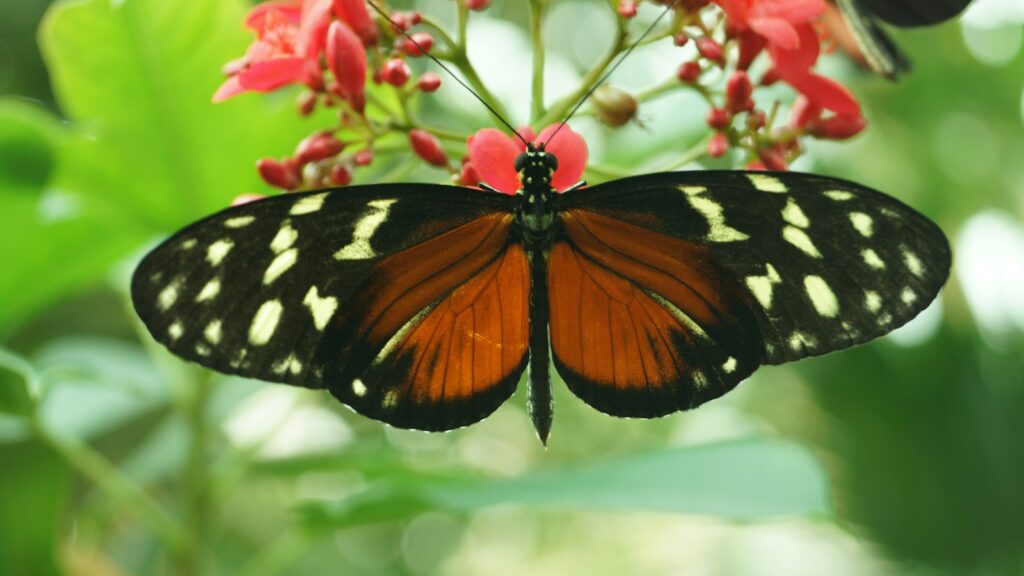
As we face unprecedented environmental challenges, butterflies offer valuable insights into ecosystem health that help guide conservation efforts. Their sensitivity to environmental change, combined with their visibility and cultural significance, positions them as ideal indicator species for monitoring ecosystem wellness. The story butterflies tell us about our changing world is not merely about their own survival but about the fundamental conditions that support all life on Earth. By protecting butterflies and responding to the warnings they provide, we simultaneously preserve the complex ecological relationships that maintain healthy, functioning ecosystems. In the delicate flutter of butterfly wings, we find both an early warning system for environmental degradation and a hopeful message that with appropriate action, ecosystems can recover their diversity and resilience.
